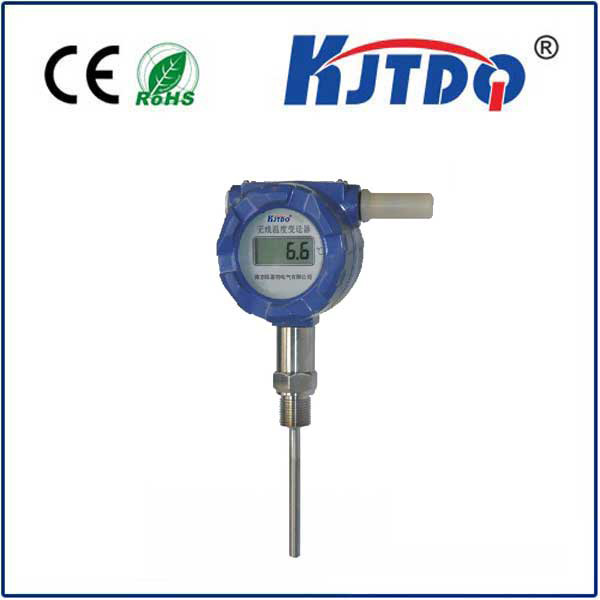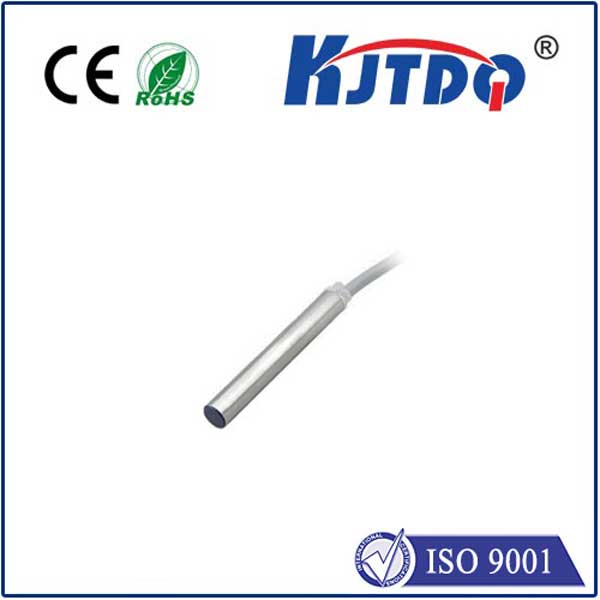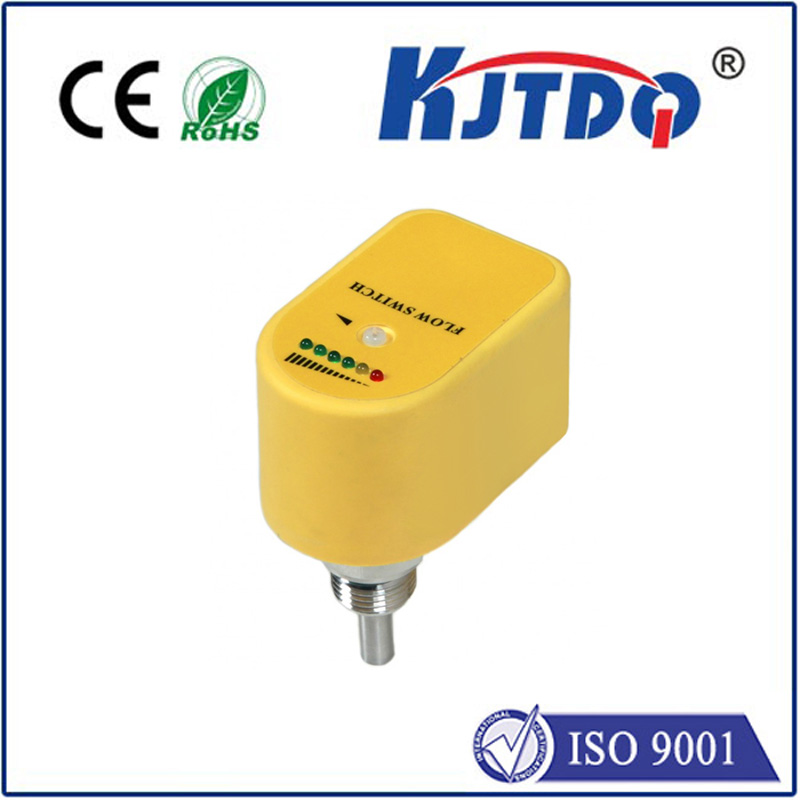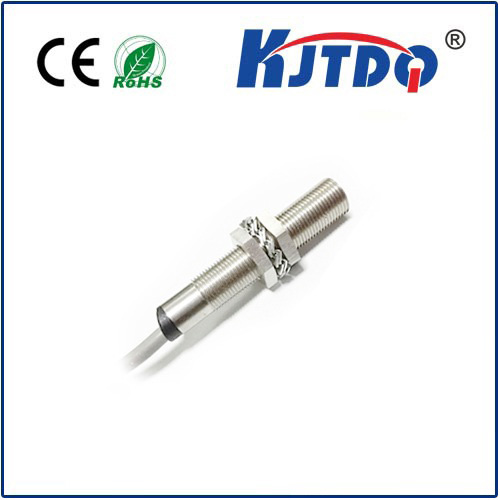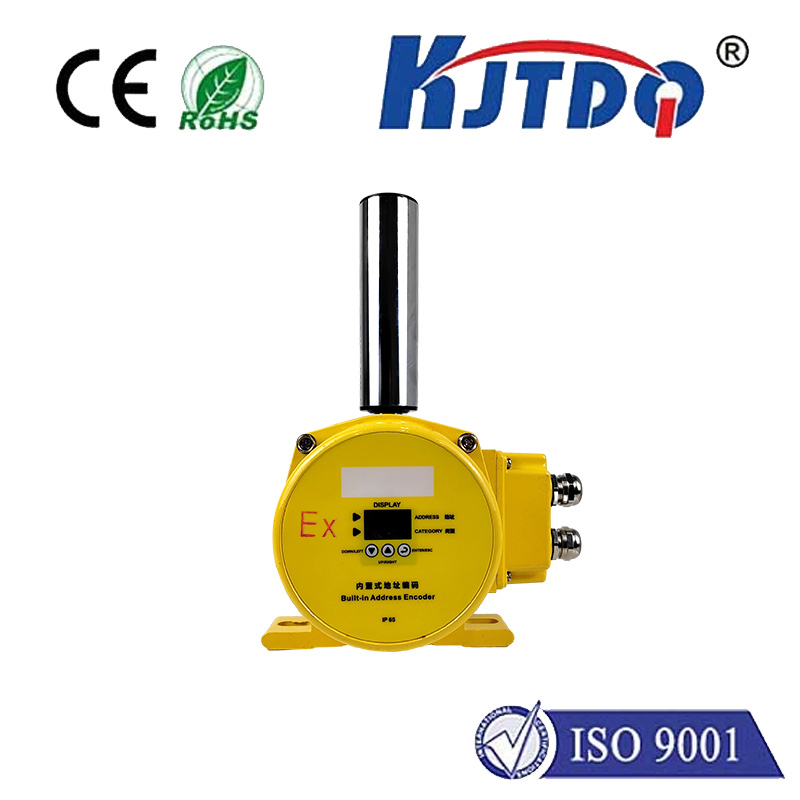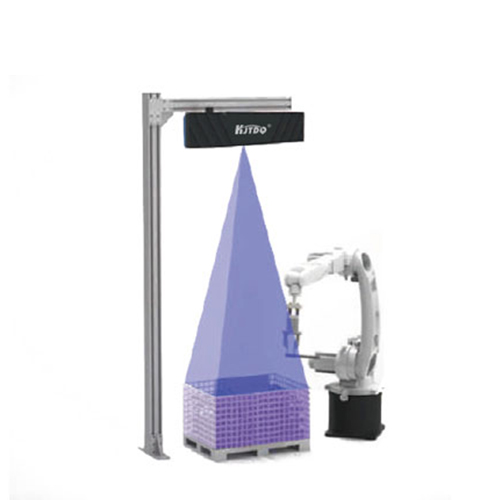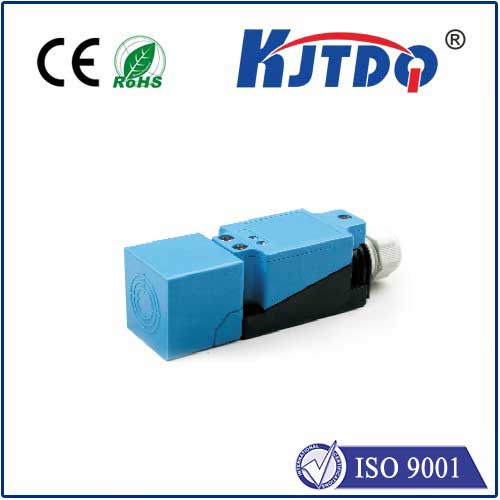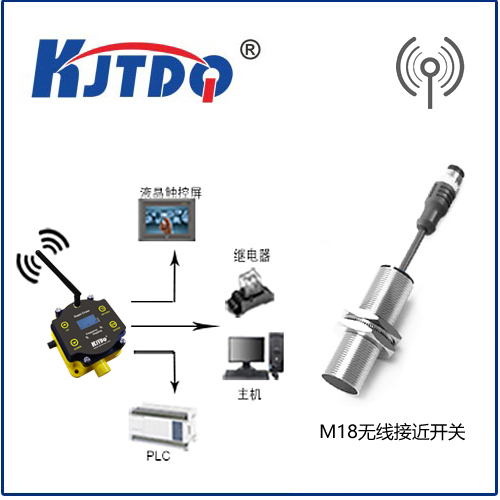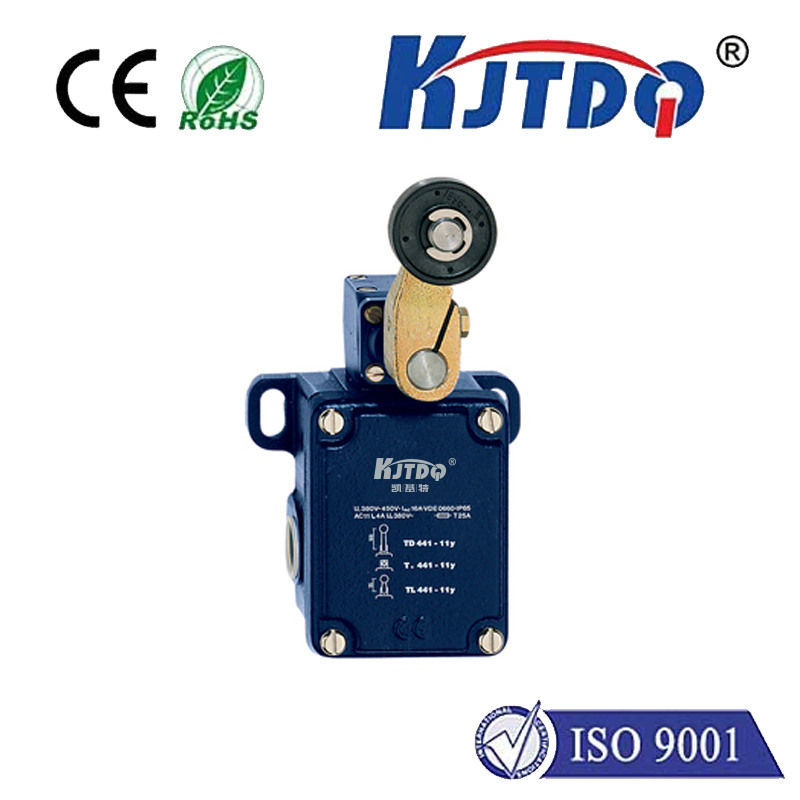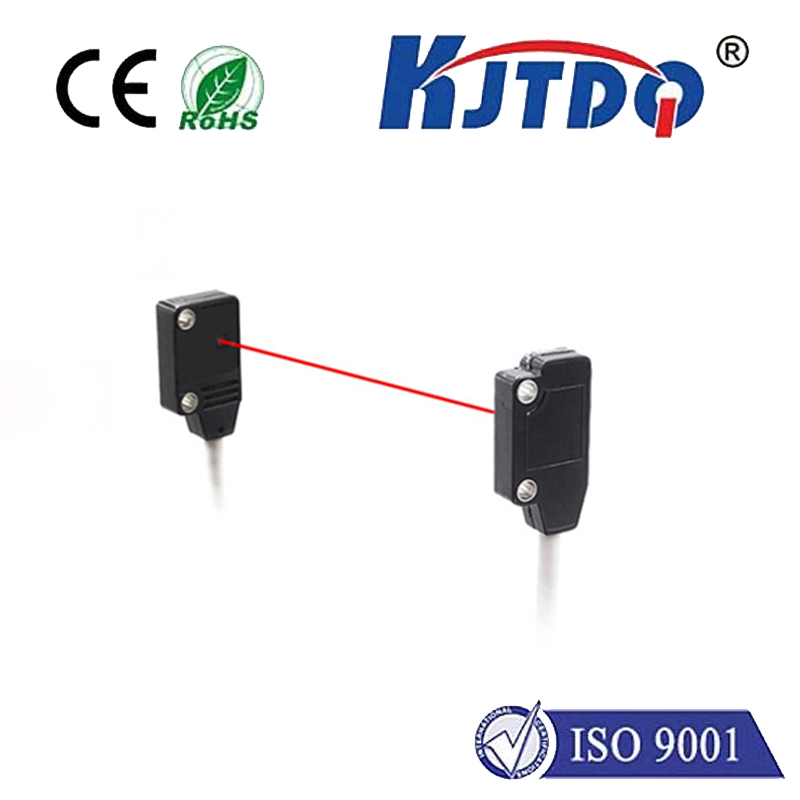

check

check

check

check
S-BOS 23K Tphotoelectric sensor: Enhancing Precision and Efficiency in Industrial Automation
In the fast-paced world of industrial automation, the integration of high-precision sensors is essential for ensuring optimal performance and reliability. One such sensor that has gained significant attention in recent years is the S-BOS 23K Tphotoelectric sensor. This sensor is designed to provide accurate and reliable detection in various industrial applications, making it a valuable asset for manufacturers and engineers alike.
The S-BOS 23K Tphotoelectric sensor is a type of photoelectric sensor that utilizes light emission and detection to determine the presence or absence of an object. Unlike traditional sensors that rely on mechanical movement, the S-BOS 23K operates through optical principles, offering a more stable and durable solution. This technology is particularly beneficial in environments where mechanical wear and tear could lead to inaccuracies or failures.

The S-BOS 23K Tphotoelectric sensor is widely used in material handling, assembly lines, and quality control systems. Its ability to detect objects at a distance without physical contact makes it ideal for applications where cleanliness and safety are paramount. Whether it’s detecting the presence of a part on a conveyor belt, monitoring the position of a product in a packaging line, or ensuring that components are correctly aligned, the S-BOS 23K delivers consistent and precise data.
One of the key advantages of the S-BOS 23K Tphotoelectric sensor is its high sensitivity. It can detect objects as small as 23mm in size, making it suitable for a wide range of industrial applications. This level of precision is crucial in industries where even a minor error can lead to significant inefficiencies or safety risks. Additionally, the sensor is designed to operate in extreme temperature conditions, ensuring that it remains functional in a variety of environments.
The S-BOS 23K Tphotoelectric sensor also offers low maintenance and long lifespan. Since it does not rely on moving parts, it is less prone to mechanical failure and requires minimal upkeep. This reduces downtime and maintenance costs, making it a cost-effective solution for manufacturers looking to optimize their operations.
In addition to its technical advantages, the S-BOS 23K Tphotoelectric sensor is also known for its compatibility with modern automation systems. It can be seamlessly integrated into existing industrial control networks, enabling real-time monitoring and data collection. This integration allows for smart factory solutions, where sensors work in harmony with other devices to enhance productivity and efficiency.
Another notable feature of the S-BOS 23K Tphotoelectric sensor is its modular design. This allows for easy installation and configuration, making it a versatile solution for different applications. Whether it’s a small-scale production line or a large manufacturing facility, the sensor can be tailored to meet specific needs.
In conclusion, the S-BOS 23K Tphotoelectric sensor represents a significant advancement in industrial automation technology. Its combination of precision, reliability, and versatility makes it a preferred choice for manufacturers looking to improve the efficiency and safety of their operations. As industries continue to evolve and demand higher levels of automation, the S-BOS 23K Tphotoelectric sensor stands out as a reliable and innovative solution.
